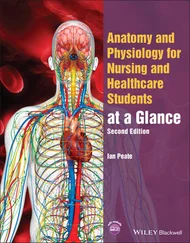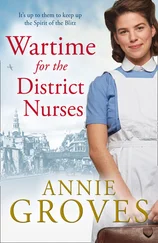District nurses had to work hard to gain the confidence and trust of poorer families, for whom home nursing was a novelty: extended families were used to caring for their own relatives, but lacked the knowledge to do this effectively. Much attention was given to ‘putting the patient’s room in nursing order’, with reference to hygiene, ventilation and light. Nurses also educated people about the danger posed by flies and other pests. First aid and emergency interventions were also part of district nursing work. In the days before disposables, all equipment had to be sterilised in the home, either by boiling on a stove or heating in an oven. Used dressings were burned on the household fire ( Figures 1.3and 1.4).
The first nurses’ homes were rented flats or cottages, but by the 1930s dedicated nurses’ homes were being designed and built all over the country. These often included a ‘district room’ where a nurse could see patients, as well as stores for medical supplies and a garage ( Figures 1.5and 1.6). The earliest district nurses either walked to visit their patients or used a pony and trap. In the early twentieth century, bicycles were widely adopted, replaced in turn by motor scooters and small cars. In rural areas, where doctors were often remote, nurses were given additional responsibility. Many district nurses were trained as midwives and, after 1920, as health visitors too.
At least until the 1950s most district nurses were single women, living in nurses’ homes provided by local nursing associations. The nursing associations also employed the nurses in the days before the NHS; salaries were funded by donations and subscriptions. Nurses often had to collect fees from their patients, something that many nurses found very uncomfortable. From 1948, district nurses were employed first by local authorities and then by community healthcare organisations that have continued to evolve as part of the NHS ever since.
Post‐1948, in the early years of the NHS, much district nursing work involved combating infectious diseases such as tuberculosis, as well as caring for people with diabetes, cancer, bronchitis, or mental illness, and people who were disabled through accident or other cause. End‐of‐life care and wound care was very important, as was the coordination of other services. Modern district nursing has continued to evolve to meet the needs of people in their own homes, leading and coordinating the work of the multidisciplinary team. Today, as specialist practitioners, district nurses play a vital role to play in enabling people to live in greater comfort in their own homes, preventing unnecessary suffering and distress and promoting independence.
2 History of the Queen’s Nursing Institute
Matthew Bradby
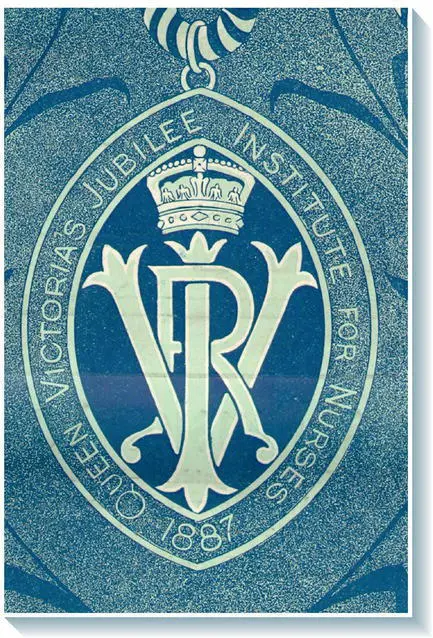
Figure 2.1 Insignia of Queen Victoria’s Jubilee Institute for Nurses, 1887.
Source: Queen’s Nursing Institute.
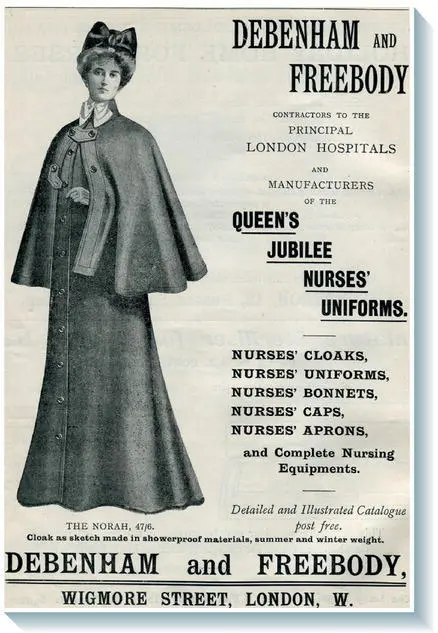
Figure 2.2Queen’s Nurse’s Outdoor Uniform, 1905.
Source: Queen’s Nursing Institute.
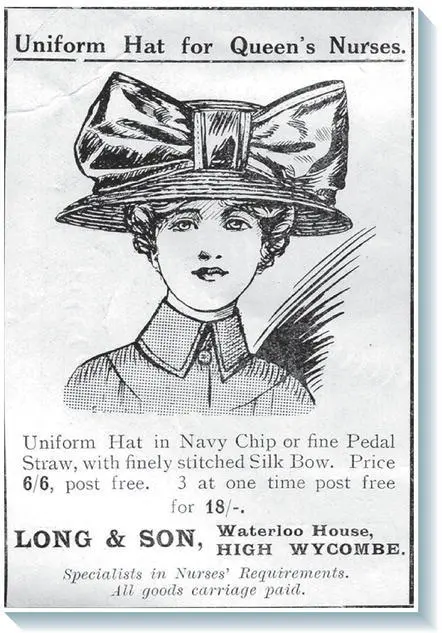
Figure 2.3 Uniform hat for Queen’s Nurses, 1913.
Source: Queen’s Nursing Institute.
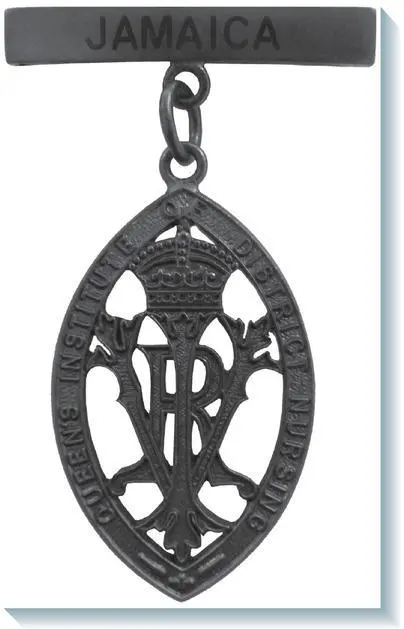
Figure 2.4 Queen’s Nursing Institute badge for Jamaican nurses.
Source: Queen’s Nursing Institute.

Figure 2.5 Queen’s Nurse’s indoor uniform, 1943.
Source: Queen’s Nursing Institute.
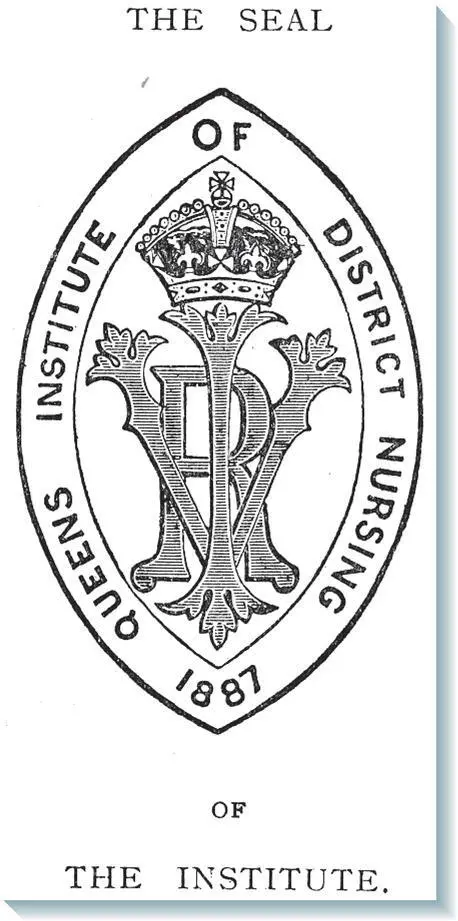
Figure 2.6 Queen’s Institute of District Nursing logo, 1928.
Source: Queen’s Nursing Institute.
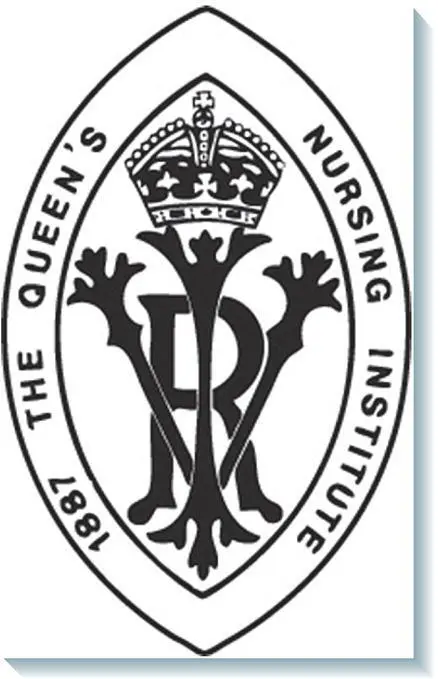
Figure 2.7 Queen’s Nursing Institute logo, 1973.
Source: Queen’s Nursing Institute.
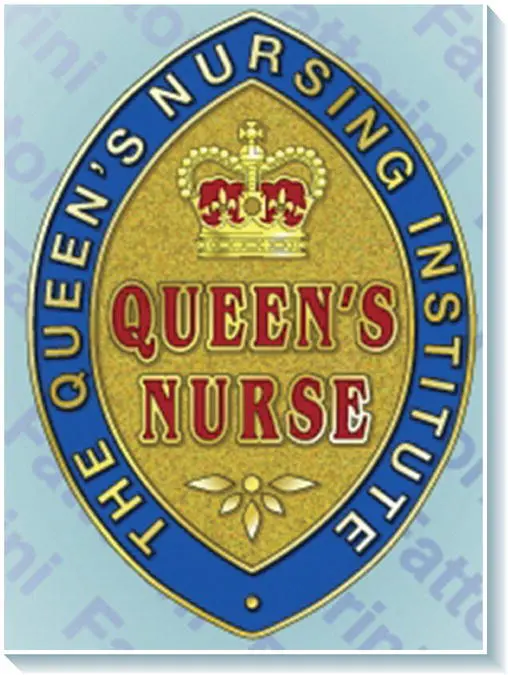
Figure 2.8 Modern Queen’s Nurse badge. Source: Queen’s Nursing Institute.
The Queen’s Nursing Institute is a registered charity, created to organise the training of district nurses in the UK. It traces its origins to 1887 with a grant of £70,000 by Queen Victoria and a Royal Charter in 1889 named it Queen Victoria’s Jubilee Institute for Nurses. Its original objectives were the ‘training, support, maintenance of women to act as nurses for the sick poor and the establishment … of a home or homes for nurses and generally the promotion and provision of improved means of nursing the sick poor.’ William Rathbone, who had pioneered the concept of district nursing in 1859, and Florence Nightingale were closely involved in the creation of the new charity. Queen Victoria was the charity’s first Patron in a tradition that has continued to the present day: Her Majesty Queen Elizabeth II became Patron in 2002.
District nurses who undertook the Institute’s training and passed its examination were called Queen’s Nurses and were entitled to wear the badge and insignia of the Institute ( Figures 2.1– 2.3). Early training contained a broad range of subjects, including sanitary reform, health education, ventilation, water supply, diet, infectious diseases, sexual health, and the feeding and care of newborn infants (in this period, infant mortality was around 154 per 1000 live births). Queen’s Nurses began visiting schools in London when it was realised that school children suffered from a wide variety of ailments made worse by lack of treatment – a key milestone in the development of modern school nursing.
The Institute’s Council – its governing body – laid down the ‘Conditions of Affiliation’ for district nursing associations, the local charities that employed nurses until 1948. These conditions included the qualifications required of Queen’s Nurses, including training at an approved hospital or infirmary for at least a year; approved training in district nursing for at least six months; training in nursing of mothers and infants after childbirth (subsequently, this contributed to the development of the health visitor profession). Nurses in country districts also had to have three months’ training in midwifery. Nursing was carried out under the direction of medical practitioners, and services were confined to the poor, ‘while not excluding cases of such patients as are able to make some small contribution.’ Nurses were ‘strictly forbidden to interfere in any way with the religious opinions of patients or members of their families’.
The idea of district nursing spread rapidly in areas of British colonialism and other regions overseas. The Victorian Order of Nurses for Canada was founded in 1897, while in Australia the ‘Bush’ Nursing Association was founded in 1911. In the United States, the Boston district nursing association was founded in 1886 and the National Organisation for Public Health Nursing by 1912. The King Edward VII Order of Nurses was founded in South Africa in 1913. European countries also experimented with the district nursing model. In many cases, trained district nurses from Britain and Ireland helped to staff these overseas organisations. In 1909 the Jubilee Congress of District Nursing was held in Liverpool, attended by delegates from all over the world. District nursing had become an international movement.
Читать дальше













